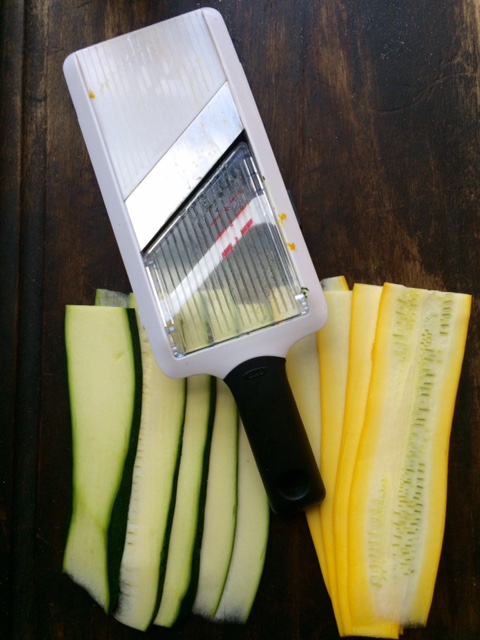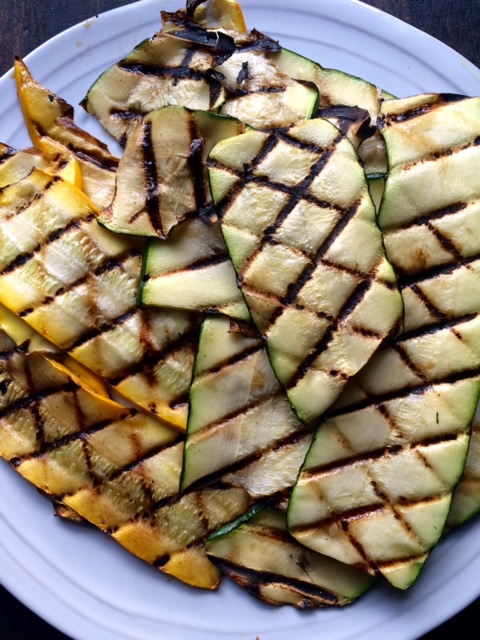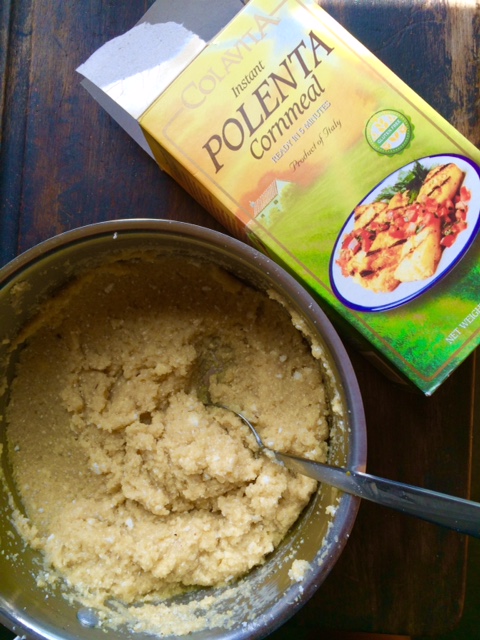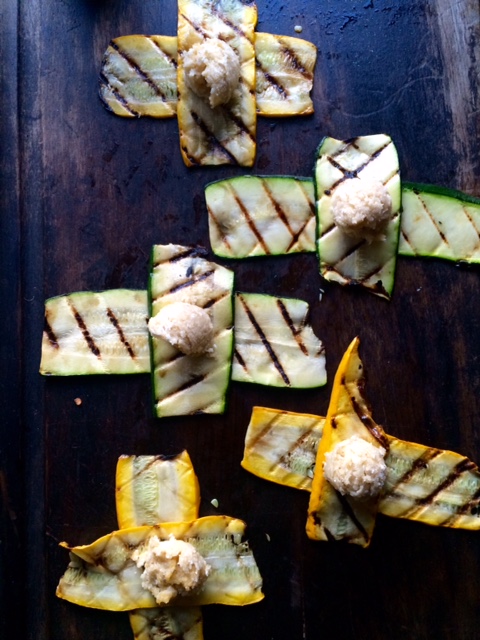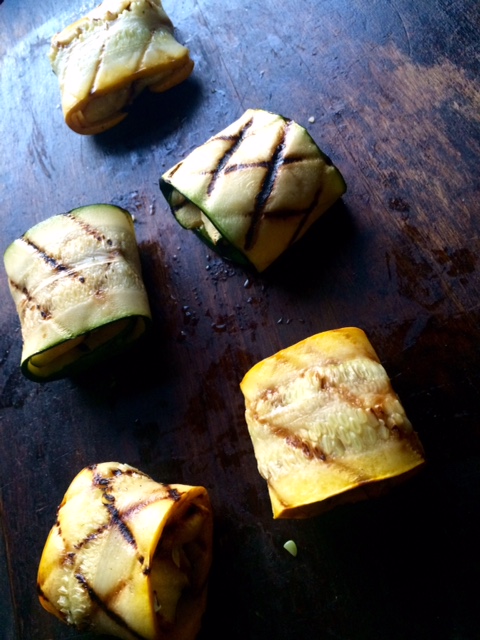Image by Stephanie Mobley
Earlier this week a friend posted this ghostly little cicada shell image and I was immediately brought back to being a little girl in southwest Missouri. These empty bug homes would appear on trees towards the end of summer and finding them felt like coming upon some treasure. Like when I would be bird or rabbit hunting with my dad and we’d find an arrowhead in an open field. Or when playing down by the creek and my sister and I would come across a fossil. Or finding a speckled spider egg nest! These souvenirs of nature were some of the best parts of childhood. I was really taken by these memories and what this cicada shell represented, so I did a little research.
(Humor me - as I go down an information hole about bugs and nature on a food blog…I promise, there’s a recipe coming and an All Good Things observational symbolic share as always.)
Cicadas are often confused with locusts. (Locusts are closer to the grasshopper family.) There is a breed of cicadas called periodical cicadas that were eggs lain inside the bark of a twig. The eggs hatch into nymphs that fall to the ground and bury themselves underneath the earth for up to 17 years. They are called magicicadas - as in magic! - comprised of 15 different broods (their life cycles sync up and they are grouped into a brood) that emerge every 13-17 years. These cycles are staggered and keep up their population with a brood emerging nearly every year. This year, a brood was expected to emerge on eastern Long Island and the state of New York won’t see another brood until 2018 around Syracuse. The periodical cicadas are often called ‘dog day’ cicadas for they emerge during the last dog days of summer. (Who knew that the ‘dog days’ were named when Orion’s dog, the dog star, Sirius, is seen at sunrise bringing on the hottest and last days of summer?)
Image by John Jeffrey
Once ready to emerge, the nymphs construct exit tunnels to the surface and crawl to higher ground. They molt, shedding their skins on nearby trees or plants, emerging as adults. The insect wiggles inside the shell, cracking the exterior down the backside and crawls out of the old skin, spreads his transparent wings so they can catch air and take flight. The wings need to hang downward so they can ‘inflate’ with fluids and form properly. The exoskeletons remain, clinging to the bark or leaf. Magic indeed! I’m incredibly inspired by this ‘becoming’ in nature and want to incorporate it into my own life.
Image found at animaldream.com
In Chinese tradition, cicadas symbolize rebirth and immortality. How many times do we outgrow our own skin? Our heart expands beyond the limits of certain relationships, our minds expand beyond the limits of certain jobs, and our souls expand beyond the limits of certain experiences. Often it’s incredibly uncomfortable. But we crack our shell, break our heart, or shatter our spirits a bit so we can emerge into something new that the world has to offer. And while we’re in it, this molting phase, it’s hard to see to the other side. The healed parts, the new loved ones, the new jobs, the new opportunities for growth. I feel like my summer has been an incubation process as well as a big old game of hiding out. I’m not quite sure from what or whom I’ve been hiding, but I do know I’m ready to emerge and be seen again. I’ve got a lot of living to do. So do you.
When I go to an Italian restaurant I will almost always order ravioli. Part of me feels like I’m getting a two-for-one deal: pasta that I love and a hidden surprise of filling. There’s an outer shell, that when sliced open, reveals the true spirit of the dish. I have had a summer of little to no bread or pasta and I’ve been inspired by other culinary wrappers. I made these ravioli using zucchini as my pasta 'noodles.'
Grilled Zucchini Ravioli Stuffed With Polenta
Ingredients:
- 1 yellow zucchini squash
- 1 green zucchini squash
- 1 cup instant polenta
- 4 cups vegetable broth
- 1 tablespoon butter
- 4 tablespoons parmesan cheese
- 1 tablespoon minced garlic
- salt and pepper
- Marinara sauce - make it homemade or use your favorite jarred variety!
- 1 cup grated mozzarella cheese
- cracked red pepper
Method:
- Preheat oven to 375 degrees F. Grease a large baking dish with olive oil.
- With a mandoline or a large knife cut thin,long planks of zucchini.
- Heat a grill pan and coat it with nonstick spray. Grill the vegetables on each side, turning gently, about 2 minutes per side or until grill marks are visible. Season with salt and pepper. Set aside.
- Bring the broth to a boil over medium heat, lower the flame and whisk in the instant polenta, butter, and garlic. Season with salt and pepper to taste. It will firm up and absorb the liquid in about 3 minutes. Stir in the parmesan cheese.
- To assemble the ravioli, lay strips of zucchini noodles on a flat surface. Make each one into a "T" laying strips down crosswise. ( I used a long piece and a shorter piece -see photo.) Spoon about 1-2 teaspoons of filling in the center of the zucchini "T." Bring the ends of the strips together to fold over the center, working one side at a time. Turn the ravioli over and place in the baking dish seam-side down. Spoon marinara sauce around the zucchini bundles. Top ravioli with mozzarella. Bake about 20 minutes until the zucchini noodles are “al dente” and the cheese is melted.
- Serve with cracked red pepper.





